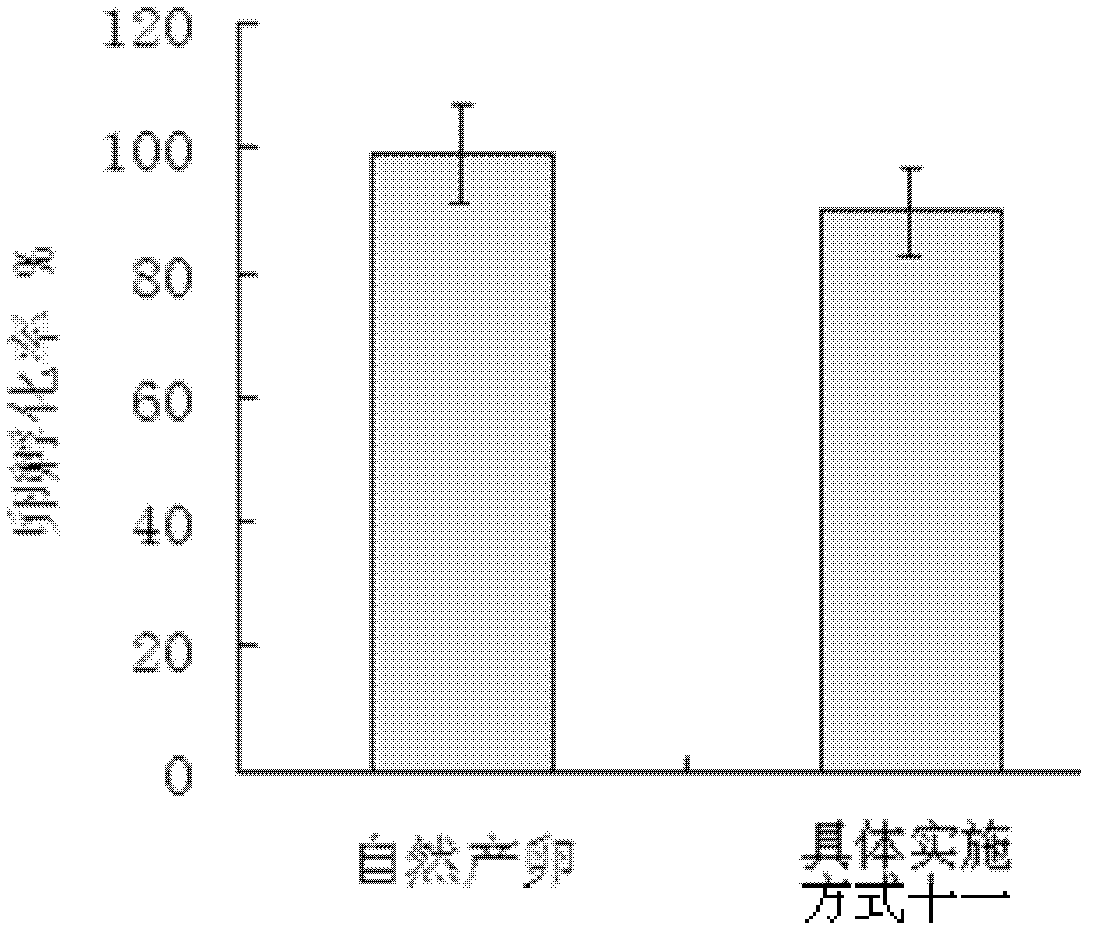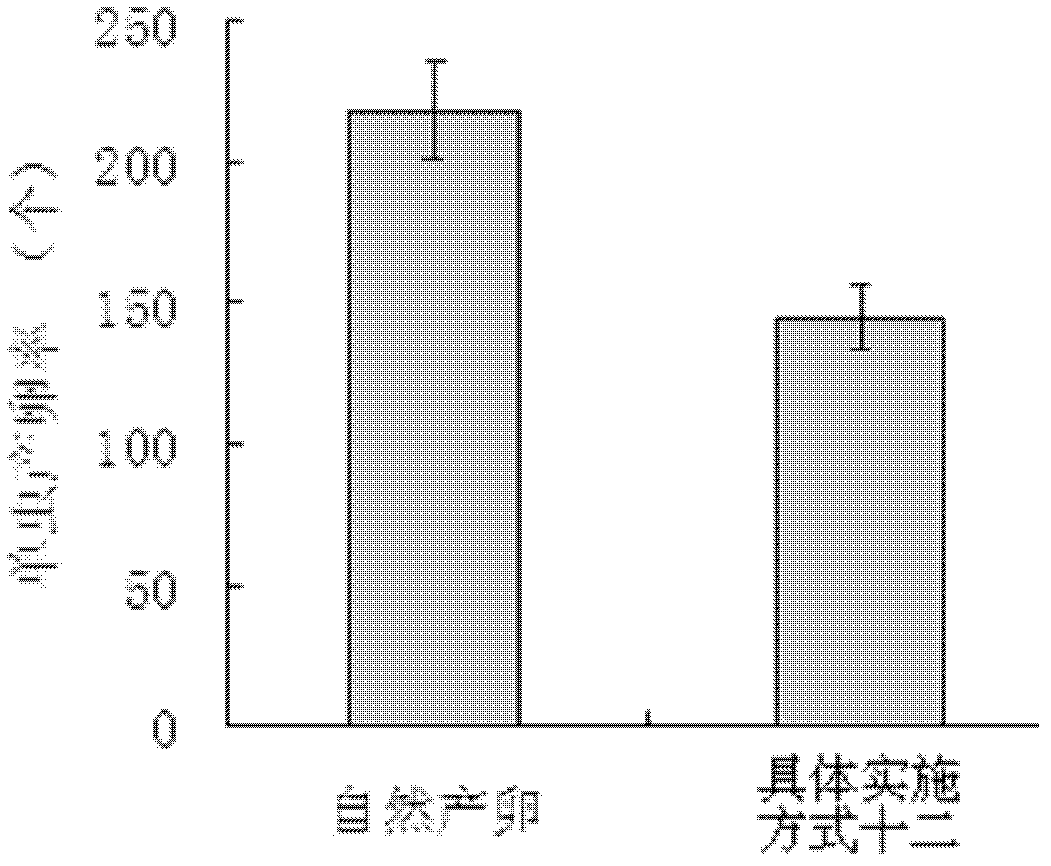Living nematoda egg purification and extraction agent as well as its application method
An extractant and nematode technology, applied in the field of extractants, can solve the problems of interference of residues and bacteria, large workload, low efficiency, etc., and achieve the effects of improving acquisition efficiency and quality, solving decay, and convenient operation.
- Summary
- Abstract
- Description
- Claims
- Application Information
AI Technical Summary
Problems solved by technology
Method used
Image
Examples
specific Embodiment approach 1
[0012] Specific embodiment 1: In this embodiment, the living nematode egg purification and extraction agent is composed of reagent A and reagent B; wherein reagent A is composed of 0.3-0.4g of sodium chloride, 1-1.5g of sodium hydroxide, 0.3-0.5g of Disodium hydrogen phosphate, 1-1.5g of sodium hypochlorite, 0.005-0.02g of magnesium sulfate, 1-1.5g of potassium hydroxide, 0.1-0.3g of potassium dihydrogen phosphate and 100mL of distilled water; reagent B consists of 0.3-0.4 gram potassium chloride, 0.2~0.3g sodium chloride, 2~3g sodium phosphate and 100mL distilled water.
specific Embodiment approach 2
[0013] Specific embodiment two: the difference between this embodiment and specific embodiment one is that the nematode ovum purification extracting agent is composed of reagent A and reagent B; wherein reagent A is composed of 0.3g sodium chloride, 1g sodium hydroxide, 0.3g Disodium hydrogen phosphate, 1g of sodium hypochlorite, 0.005g of magnesium sulfate, 1g of potassium hydroxide, 0.1g of potassium dihydrogen phosphate and 100mL of distilled water; Reagent B consists of 0.3g of potassium chloride, 0.2g of Sodium, 2g of sodium phosphate and 100mL of distilled water. Others are the same as in the first embodiment.
specific Embodiment approach 3
[0014] Specific embodiment three: the difference between this embodiment and specific embodiment one is that the live nematode egg purification extractant is composed of reagent A and reagent B; wherein reagent A is composed of 0.4g of sodium chloride, 1.5g of sodium hydroxide, 0.5 g of disodium hydrogen phosphate, 1.5 g of sodium hypochlorite, 0.02 g of magnesium sulfate, 1.5 g of potassium hydroxide, 0.3 g of potassium dihydrogen phosphate and 100 mL of distilled water; reagent B consists of 0.4 g of potassium chloride, 0.3 g sodium chloride, 3g of sodium phosphate and 100mL of distilled water. Others are the same as in the first embodiment.
PUM
 Login to View More
Login to View More Abstract
Description
Claims
Application Information
 Login to View More
Login to View More - R&D
- Intellectual Property
- Life Sciences
- Materials
- Tech Scout
- Unparalleled Data Quality
- Higher Quality Content
- 60% Fewer Hallucinations
Browse by: Latest US Patents, China's latest patents, Technical Efficacy Thesaurus, Application Domain, Technology Topic, Popular Technical Reports.
© 2025 PatSnap. All rights reserved.Legal|Privacy policy|Modern Slavery Act Transparency Statement|Sitemap|About US| Contact US: help@patsnap.com



